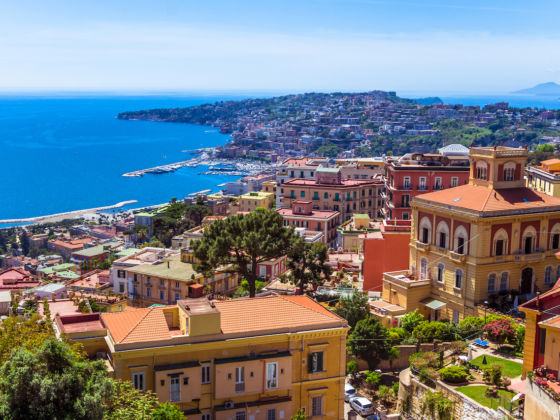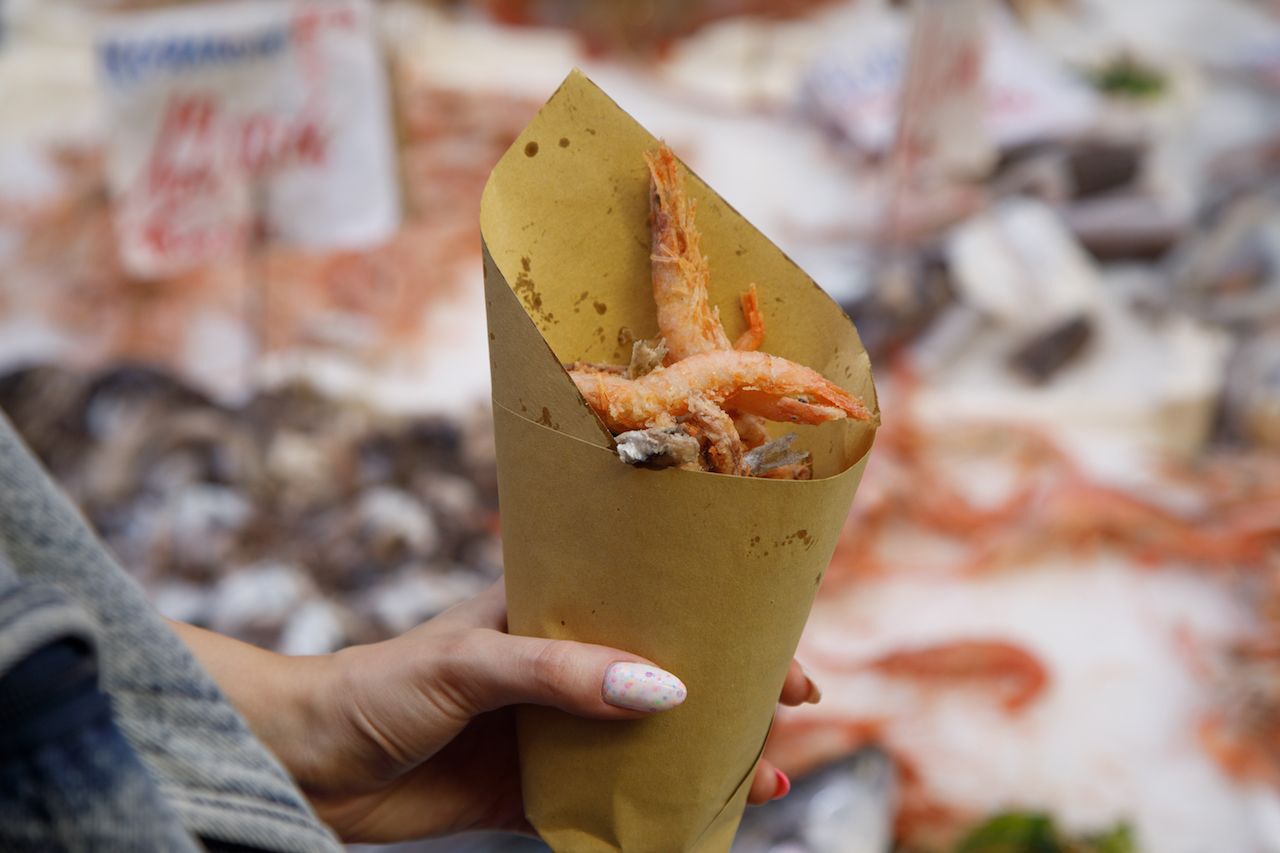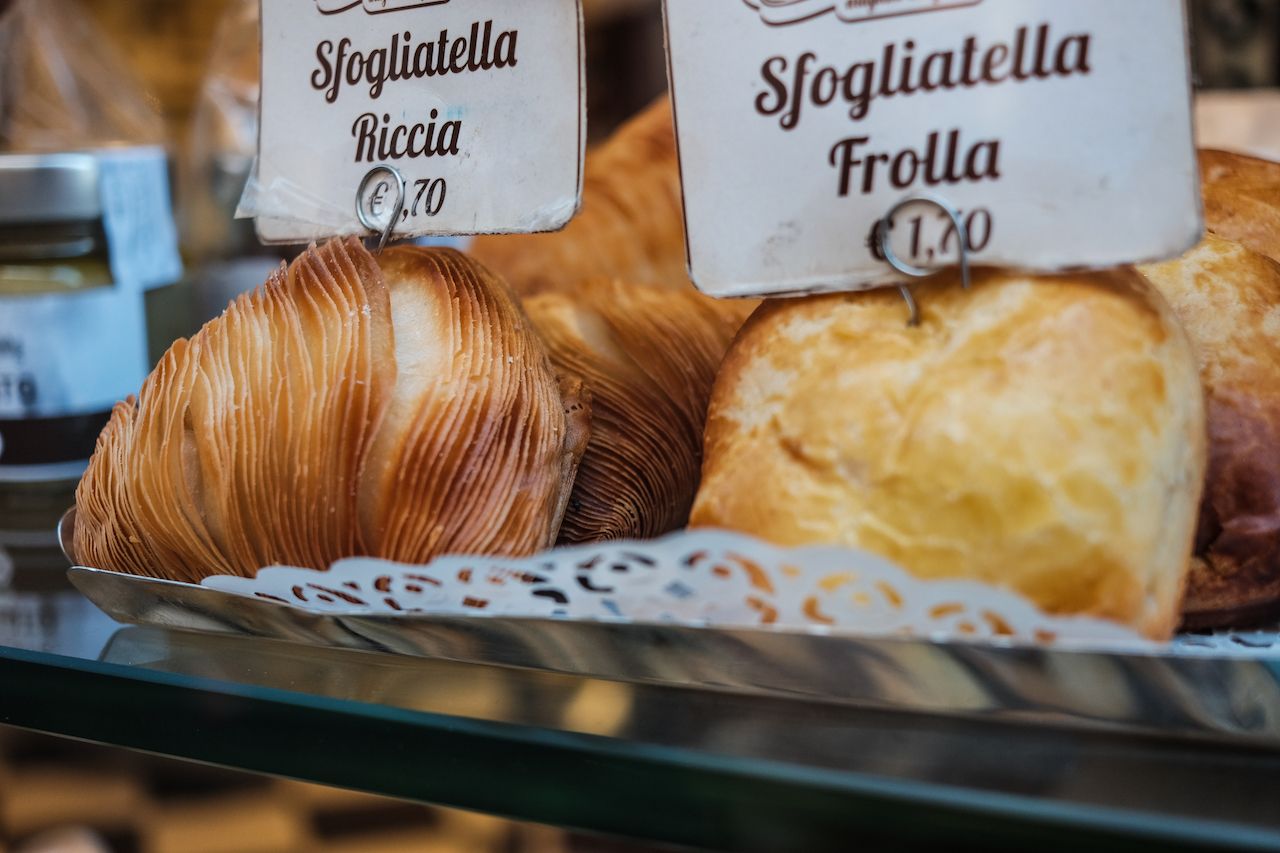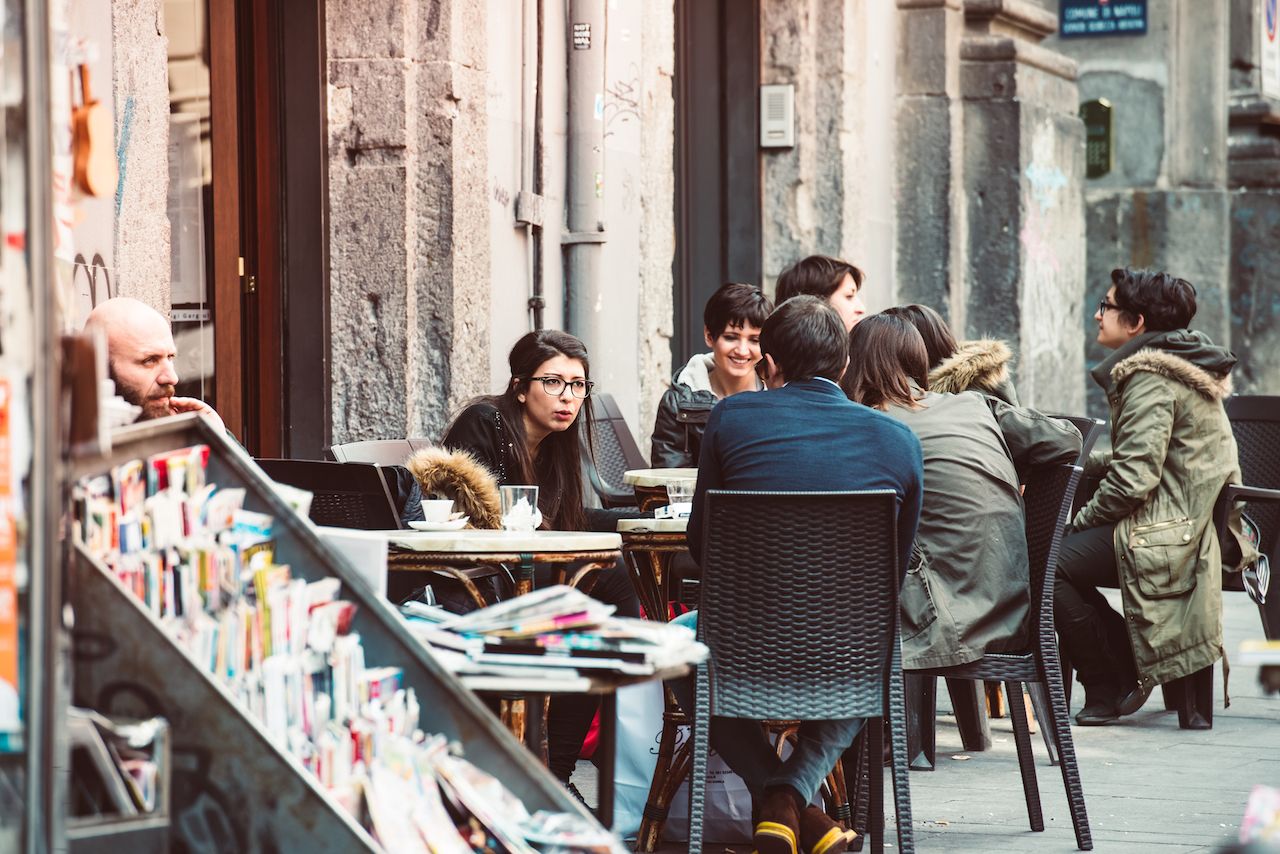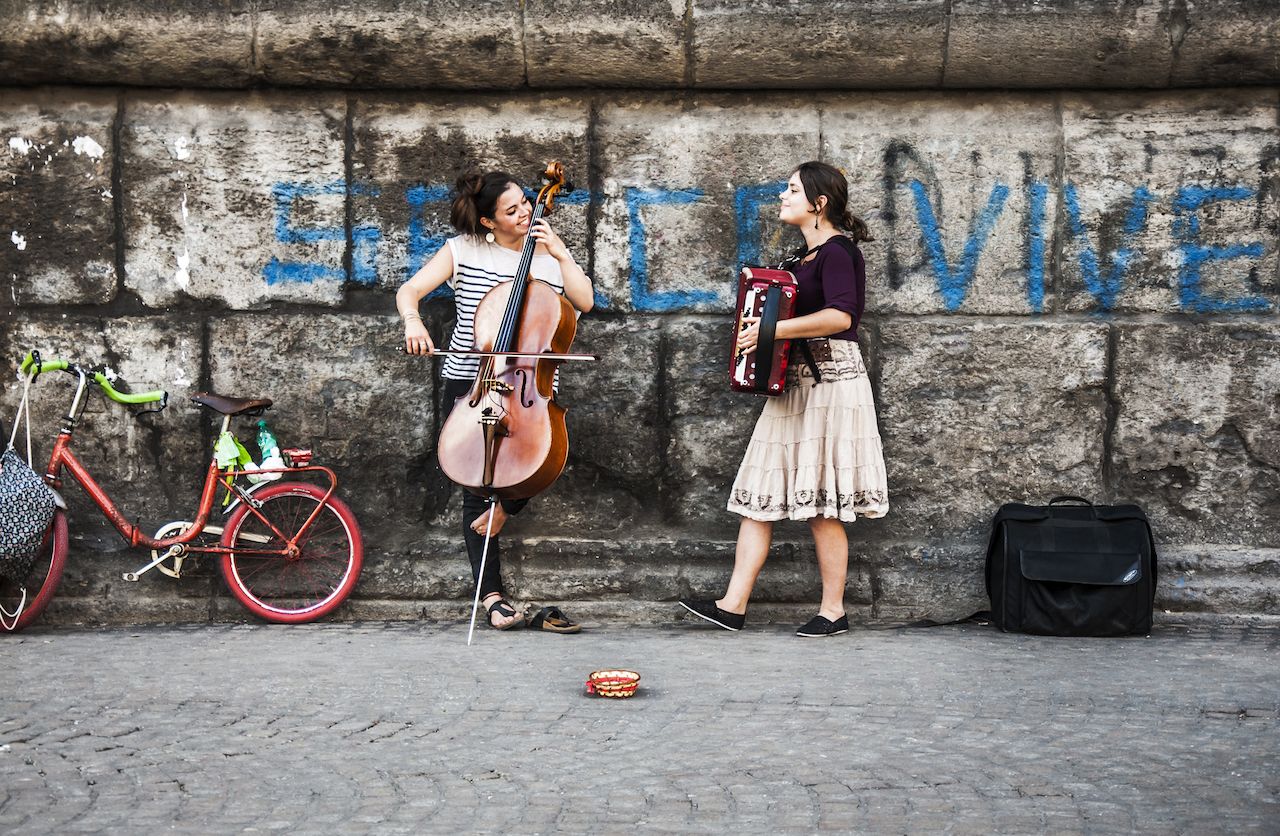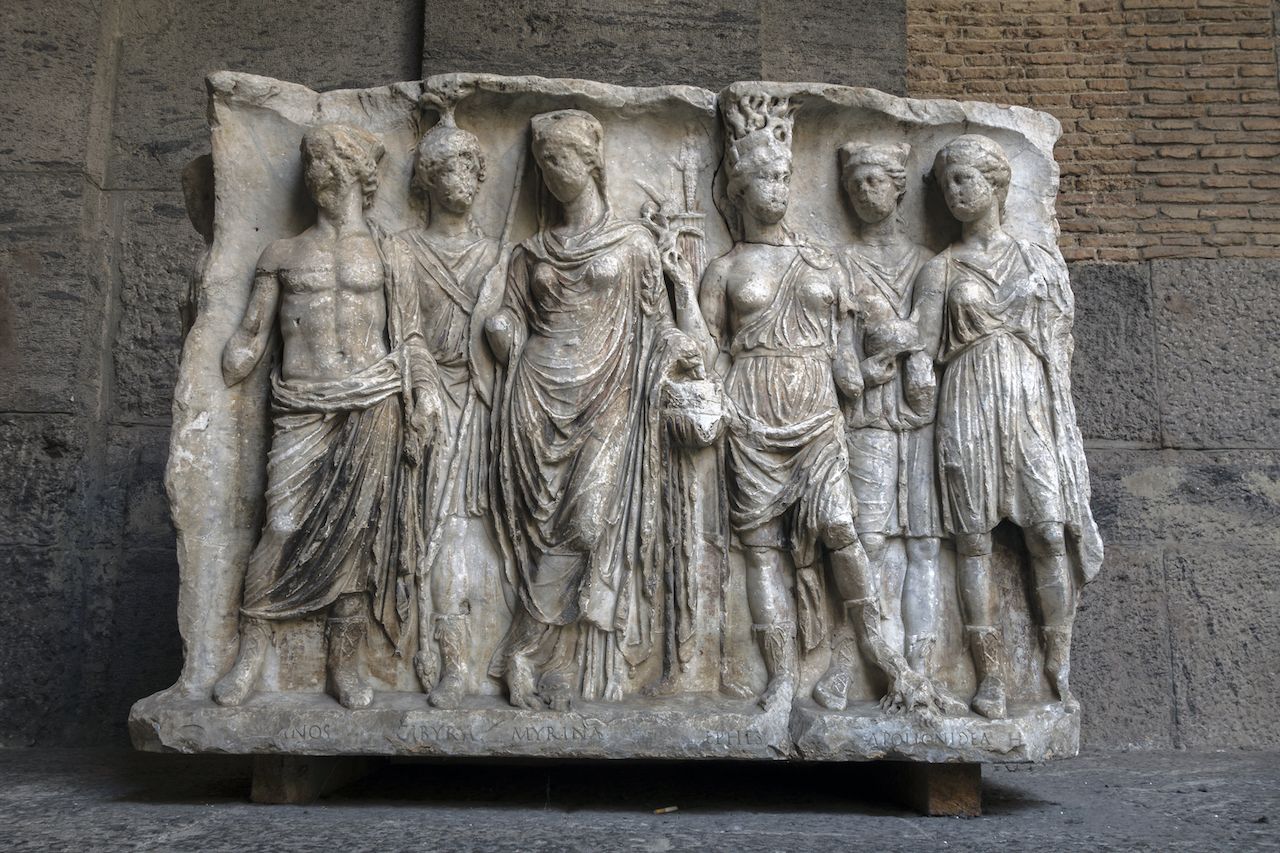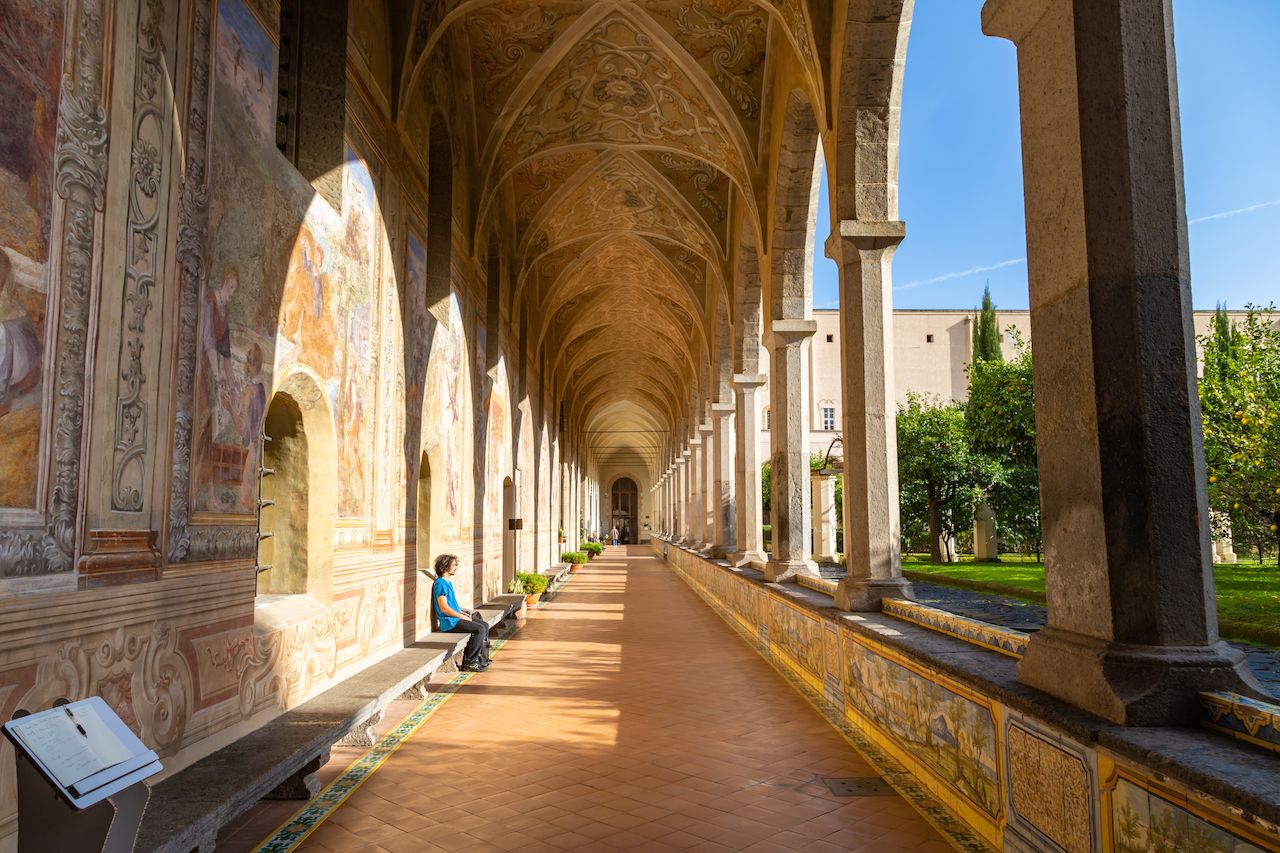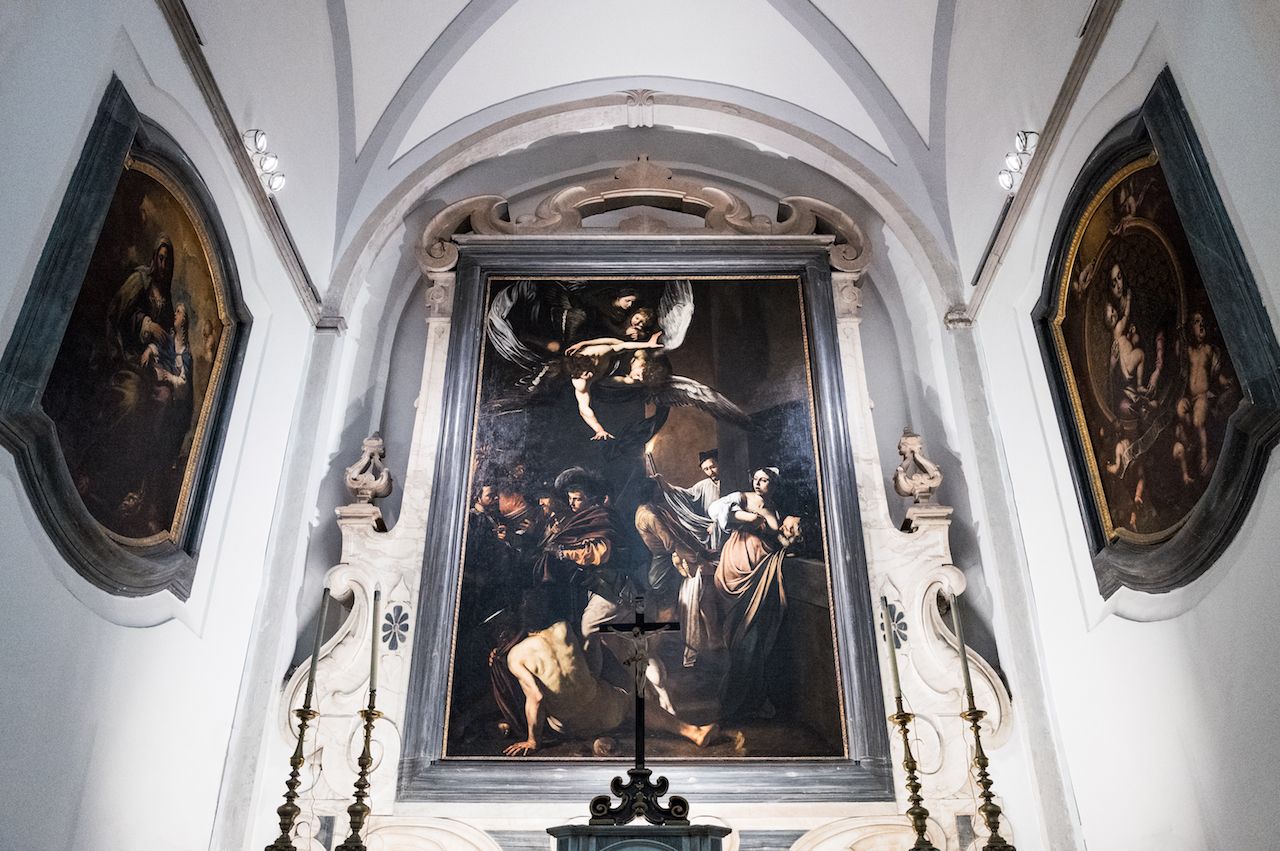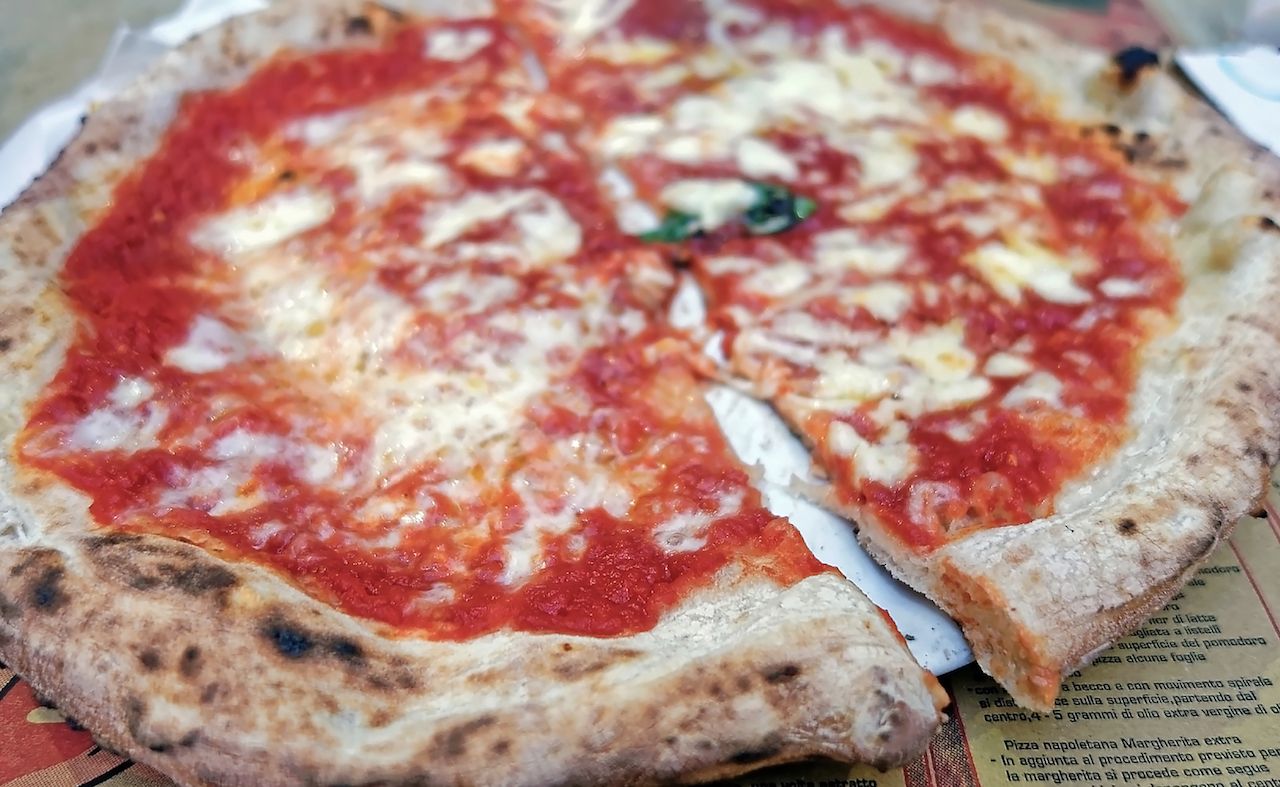Naples is usually thought of as a gateway to the beautiful Italian islands that lie a short sail away from its busy port. It’s rarely a destination in its own right. Many cruise tourists come home bemoaning the short time they spent in Naples before getting shuttled to the Amalfi Coast, knocking the city for its crowded streets, dilapidated buildings, and perceived danger — thanks to uptight, outdated guidebooks that would have you believe every person in Naples is out to rob you.
Despite the bad press, though, bustling and noisy Naples is a vibrant, culturally rich city that’s long overdue for an embrace from visitors. It’s the birthplace of pizza (that alone merits your respect), and it’s packed with internationally important archeological finds. It has a spirit of generosity and offers a view into Italian life not obscured by tour group flag poles. Of course, you should watch your valuables and avoid unknown areas after dark, but that’s true in a lot of big cities. Here’s why we love Naples — and why you will too.
